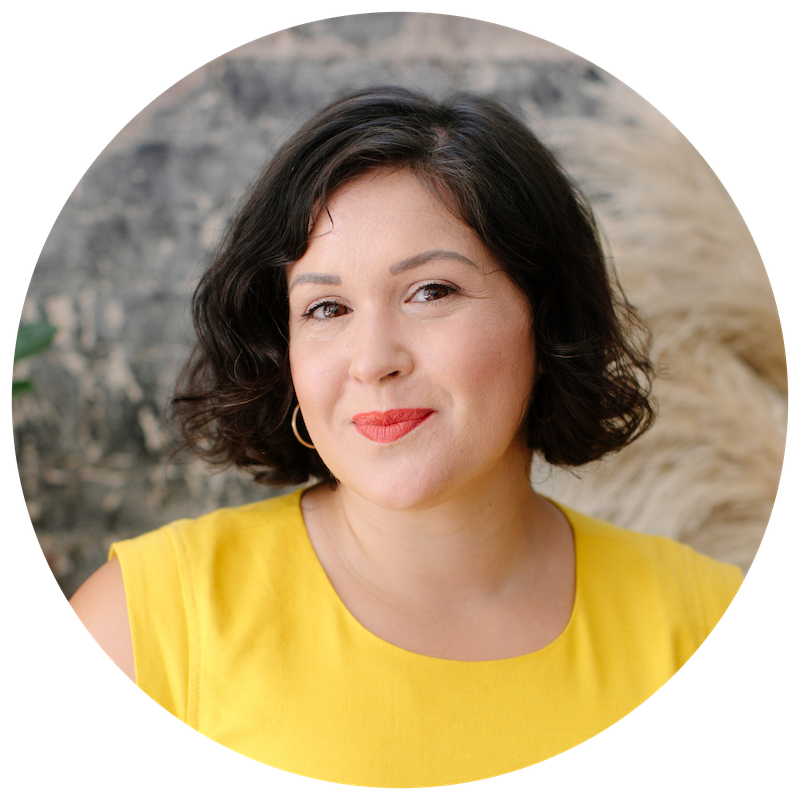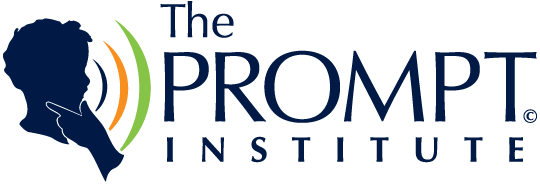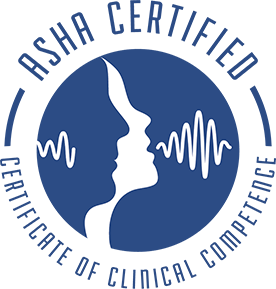
A few months ago, I was engaged in a conversation with some parents about pacifier usage. I don’t have kids, so usually I receive a response such as “I am sure your feelings will be different once you have a child of your own”. There is a time and a place for everything, so below, I share with you the “science” behind pacifier usage and the OK times to use it.
Birth-3 months
You have a new baby. Ohmygod. Now what? Likely, your child cries and does not sleep through the night, so you use a pacifier as a soothing mechanism. In my book, if you are bottle-feeding, it is completely OK as long as you don’t keep your child’s mouth plugged with a pacifier all day and all night. Try not to let your child sleep with the pacifier, as this will set them into a habit that is hard to break. Even in a little baby! If you are breastfeeding, however, many recommend not to use one until a milk supply is established–around 4-6 weeks. Sucking on a pacifier takes a lot of energy. By sucking on a pacifier rather than a breast, a child will be expecting less milk-thus affecting your production.
If your child is a preemie, please contact a feeding and swallowing specialist for recommendations on how and when to introduce a pacifier.
3-6 months
You are over that first hump. Congratulations! Your child is now much more alert, cooing more, and giving you more eye contact and smiles. Pacifier usage is still considered OK at this stage of development. It can help develop proper timing for swallowing when introducing those cool new oatmeals and purees. Again, I would not leave the child sleeping with a pacifier. I would also try to avoid using it for more than 5-minute increments. Remember, this is a tool to help your child learn self-regulation-not a solution to end crying.
6-9 months
Your child is likely beginning to babble. This is a very exciting time in a child’s life as they begin exploring toys by sticking them in their mouth. They will also start linking sounds together to communicate with you. Because of this oral development, we want to keep the mouth as open as possible. That means the less pacifier usage, the better. I would try to eliminate pacifier usage completely by 6 months. You may have a few days of longer crying sessions, but they will quickly disappear as your child has learned to calm him/herself over the past few months.
Around 8-9 months, many children start teething (though this can begin happening as late as 14 months). Think about this–teeth will only grow until they hit an object and are “told” to stop. Teeth are pretty interesting–they have sensors that determine when they will hit an object (i.e. your tongue) and then they stop. So, if your child has a pacifier, the teeth will reach the pacifier and stop, giving teeth that curved look that will remain until your child loses his/her baby teeth at 5-6 years old.
9 months-Present
By now it should be clear that my argument is to eliminate pacifier usage (including nap time sucking) by 6-7 months. This is because after that point, children begin growing teeth, and the constant pacifier sucking can actually lead to elevating a child’s palate (top of mouth) which can eventually cause some airway problems and/or attention issues.
To parents present and future, I hope these guidelines were helpful. If you need a more specific plan for pacifier weaning, feel free to contact me at jocelyn.m.wood@gmail.com






0 Comments